
5 minute read
Intake system
2.7 Intake system
Air guide
The dual-branch air guide (see Fig. 2_424_11, 1) from the engine cover to the air cleaner housing has optimized/derestricted this area of the intake system.
Sound opening
The mesh on the sound openings (2) allows the intake sound to travel into the engine compartment, but prevents warm air from the engine compartment from being sucked in.
Fig. 2_424_11 to 2_426_11
1 Two-branch air guide from the air intake on the engine cover to the air cleaner housing 2 Sound openings at the bottom and top of the air cleaner housing 3 Silencer (resonator) in the air cleaner housing 4 Diaphragm cell between the intake and silencer in the air cleaner housing on both engines 5 Flap in the air cleaner housing silencer
Silencer
Both engines have a silencer (resonator) in the air cleaner housing that is activated via a flap.
Switching points of the flap on the 3.4-liter and 3.8-liter engines: The resonator is closed for the most part, it is open between 4,500 and 6,000 rpm (irrespective of button pressed or load). DME engine electronics 2
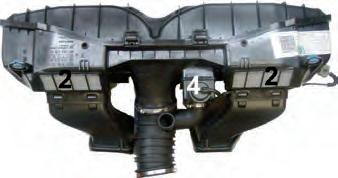
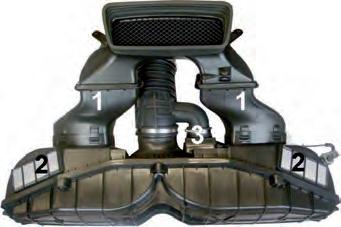
5 4
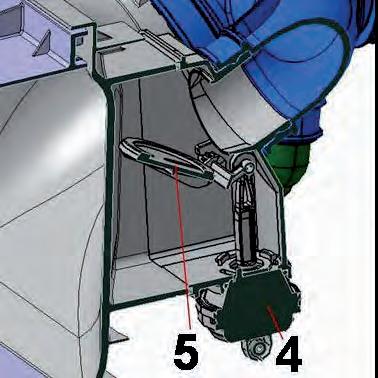
DME engine electronics 2

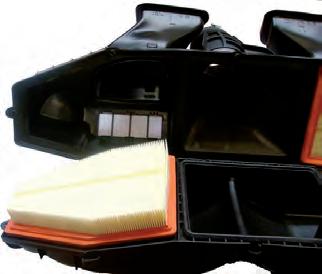
2_428_11
Maintenance: The country-specific change intervals for the air-cleaner elements can be found in the PIWIS information system/maintenance schedule.
1 Sound symposer (acoustic simulator) 2 Control flap (vacuum-controlled) 3 Diaphragm (amplifies the vibrations) 4 Passenger compartment inlet at the rear shelf 5 Intake noise transmission into the passenger compartment 6 Unfiltered air intake 7 Air cleaner 8 Throttle valve (electronic throttle) 9 Engine, intake system Air cleaner housing and air cleaner
The flow-optimized air cleaner housing and the two air-cleaner elements result in higher volumetric efficiency of the engine at full load.

2_427_11
Sound symposer
The 911 Carrera models (991) are equipped with the new sound symposer as standard for the first time for a more emotive driving experience. This passive sound transmission system produces an even richer and sportier engine sound in the passengercompartment and can be activated and deactivated via the standard Sport button.
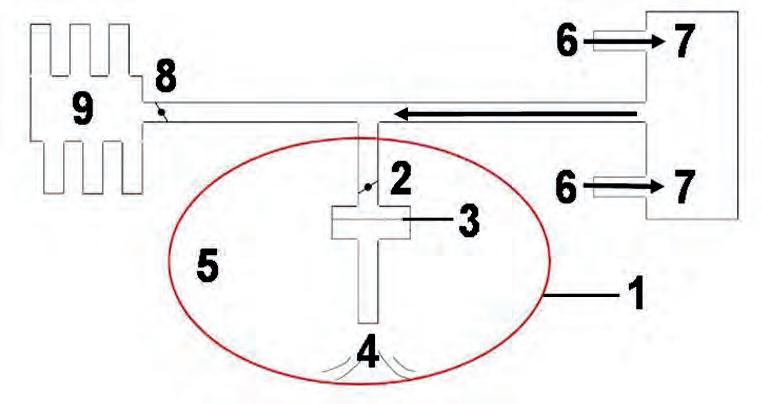
2_429_11
The sound symposer is a passive system for transmitting engine noise into the passenger compartment. In other words it does not generate an artificial engine sound, but rather amplifies the unique sporty sound of the 911 Carrera flat engines and directs it into the passenger compartment at the push of a button.

The sound symposer is located within the intake tract of the engine and is installed between the throttle valve and air cleaner. It is connected with the passenger compartment out of the customer’s sight via a line in the area of the rear shelf. The engine’s load-dependent intake pulses cause the diaphragm integrated in the sound symposer to vibrate; the diaphragm amplifies these vibrations before they are transmitted directly into the passenger compartment as sound via the line.
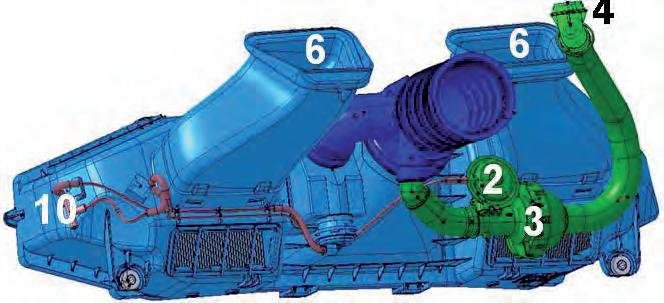
2_430_11
Sound symposer switching strategy
The sound symposer can be electropneumatically activated or deactivated via an controllable flap located upstream of it.
With the standard exhaust system, the control flap (see Fig. 2_431_11 and 2_430_11, 2) is opened by pressing the Sport button. With the Sports exhaust system, the control flap is opened when the exhaust system button is pressed. DME engine electronics 2
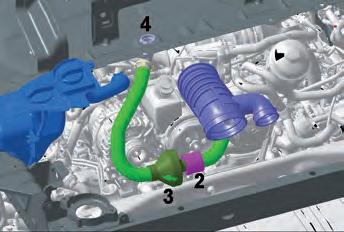
2- Control flap (vacuum-controlled) 3 Diaphragm (amplifies the vibrations) 4 Passenger compartment inlet at the rear shelf 6 Unfiltered air intake 10 Switching valves for sound symposer and silencer (resonator in the air cleaner housing)
DME engine electronics 2

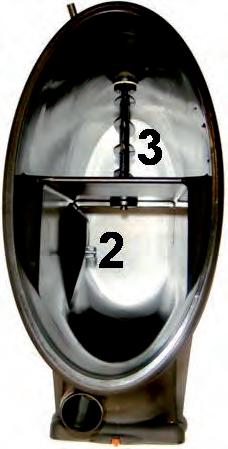
2_433_11
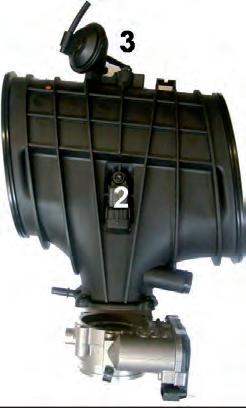
2_434_11 Intake manifold, pressure sensor
On the 991 vehicles, the engine load is detected downstream of the electronic throttle by the pressure sensor (see Fig. 2_432_11 and 2_433_11, 2) on the intake manifold. The derestriction of the intake system means that the intake manifold pressure at full load (throttle valve fully open, dependent on the engine speed) is approximately in the -20 mbar range relative to the ambient pressure.
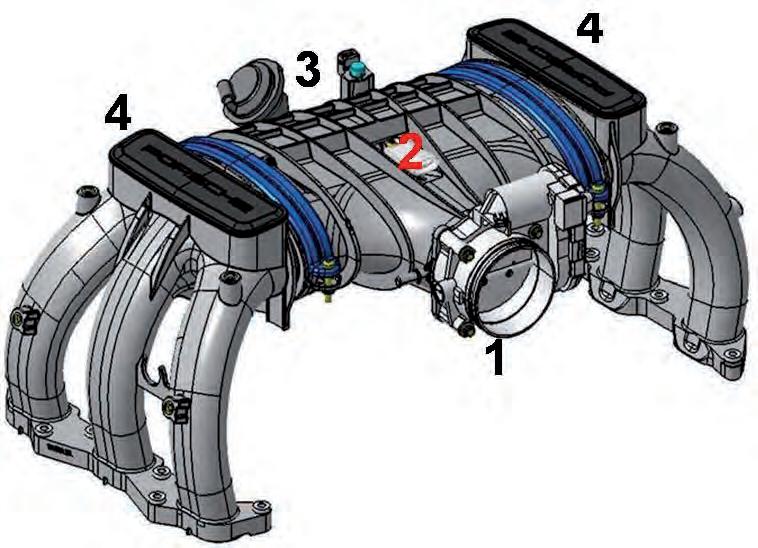
2_432_11
1 Throttle housing (electronic throttle) 2 Pressure sensor for detecting the engine load and intake air temperature 3 Diaphragm cell and tuning flap on the air distributor (Carrera S only) 4 Resonance chamber in the intake distributor
Tuning flap, Carrera S
The 3.8-liter engine also has a tuning flap for greater volumetric efficiency and a high torque at low to medium rpm as well as an even torque curve. The tuning flap of the Carrera S is closed by the electropneumatic switching valve between 3,000 and 5,000 rpm by applying a vacuum to the diaphragm cell.
Pressure sensor for load detection
As on the 997 Turbo DFI, the current V8 engines and the Panamera V6, using a pressure sensor to detect the engine load at the intake manifold derestricts the intake section compared with the vehicles with hot-film mass air flow sensor. This sensor also measures the temperature of the intake air.

Advantages of the pressure sensor for detecting the engine load:
• Increased power as a result of derestriction of the intake section • Greater precision at low air-flow rates • Enhanced resistance to soiling
Voltage characteristic of an intake manifold pressure sensor as a function of intake manifold pressure. DME engine electronics 2
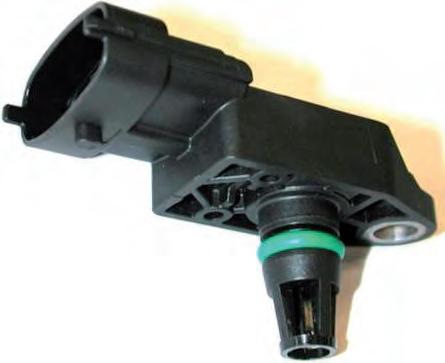
V
P
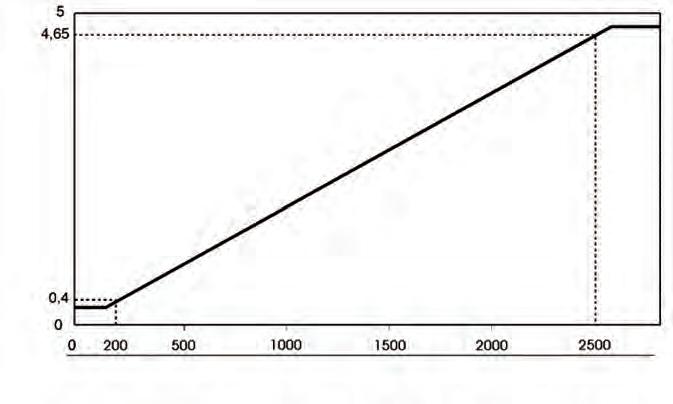
Supply voltage of the pressure sensor = 5 volts P - Intake manifold pressure (absolute pressure in mbar) V - Signal voltage in volts
hPa
2_436_11






